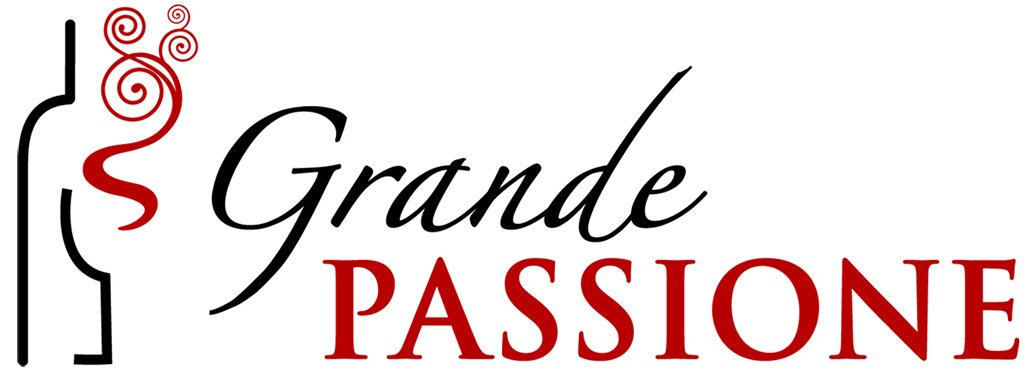Taste Like a Pro, a Framework
Reproduced from Year 5, Issue #31 of Spirito di Vino Asia...
The Final Approach...
This column is the last of twenty-three instalments which aim to shed light on the various factors that influence the style and quality of a wine. With this issue, I want to share my approach to tasting wine and hopefully embolden wine lovers and students, even those pursuing the Master of Wine title, to approach the task with confidence and a sure strategy.
The approach is simple. It is a framework that enables the taster to proceed systematically and reach a conclusion based on solid arguments. It begins with style, as I absolutely believe that it is only when the personality of the wine has been understood with clarity that quality, its measure of excellence, can be ascertained with some measure of authority.
Defining style is the most critical aspect of identifying and understanding a wine blind. To be effective in this task, one must have clear points of reference. For me, style is about weight (alcohol and wine density), structure (acidity, tannins, and sugar), texture, aromas (primary, secondary, tertiary), and specific characteristics related to winemaking (oak, malo, lees, etc.). As an example to demonstrate the validity of this definition, white wine can be described as light-bodied, with noticeable residual sugar and high acidity together with a delicate texture and displaying a gentle aromatic character of white flowers interlaced with beeswax, stone and green fruits and a touch of honey, as well as showing neither signs of malolactic fermentation nor new oak ageing. With such a clear definition, it is then possible to run a mental scan of the possible options available in the entire world of wine and ascertain the best match. In a wine judging situation, even if the taster has never experienced the specific wine, he/she can still make an association with a similar style he/she has tasted before to put the wine in its correct context and then attempt to ascertain its quality. The key to this exercise is to have a deep knowledge of all potential styles in the world of wine, and effective recollection works best when using a framework anchored with useful points of reference.
Assessing quality is a different task. As much as quality level can be used to supplement style definition and identify a wine (where in the world can you have outstanding quality Cabernet Sauvignon?), style cannot be used to determine quality. The points of reference for quality are complexity (aromas, texture), balance (acidity + tannins vs alcohol + sugar), and length (aromas). One can add ageing potential (but not all wines are made to age), typicity (not many producers like to think of their wines as “typical”), and finesse (as vague as “elegance”). Any style of wine can be complex, well-balanced, and long in the after-taste. There can be Proseccos of outstanding quality as there can be Champagnes of poor quality. Quality is a measure; style is a definition.
To be a Master of Wine is to understand perfectly what and how various factors affect the style and quality of every wine in the world. A framework is required to organize the information and make sense of the experience to study and practice effectively. Three factors are at play: grape, ripening conditions, and the human factor. Each grape variety has a different structure (aroma profile, acidity, sugar potential), input requirements (see ripening conditions), and behaviour in the vineyard (growth cycle, vigour, resistance). The ripening conditions are heat, sunlight, water (including relative humidity) and nutrients. The human factors are viticulture and winemaking, whereby, using various techniques, the benefits are optimized and the drawbacks minimized. The key is mentally organising the information in a framework that links these factors to the wine’s weight, structure, texture, aromas, character, complexity, balance, and length.
With such a framework to approach wine tasting, I believe the pleasure and fluency from the exercise can only increase exponentially with every sip. Cheers!


